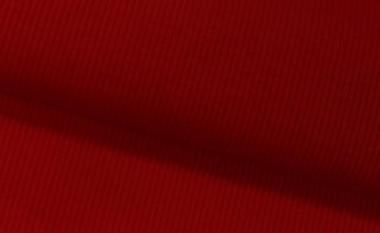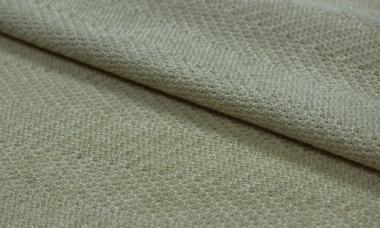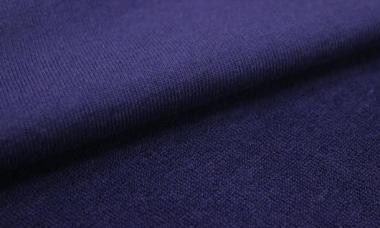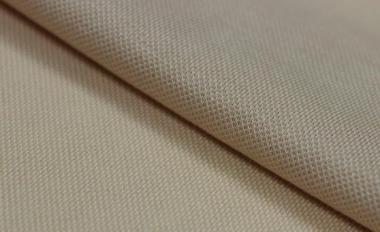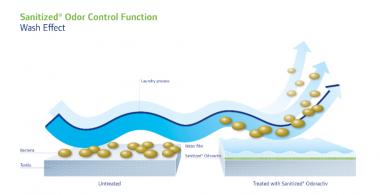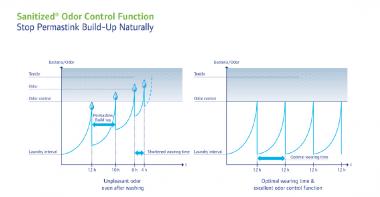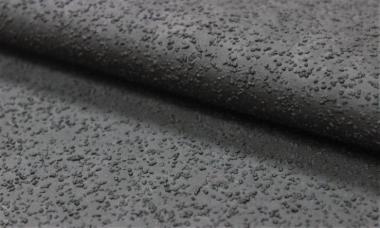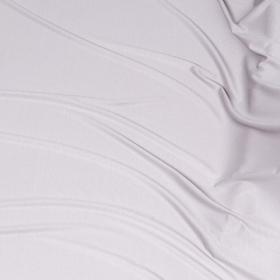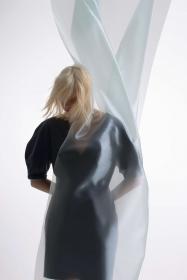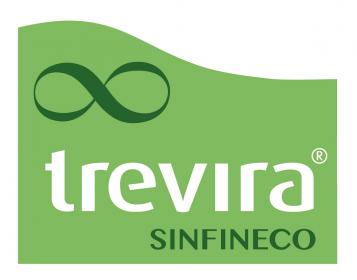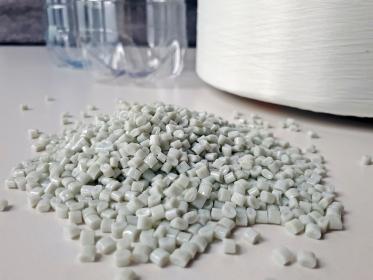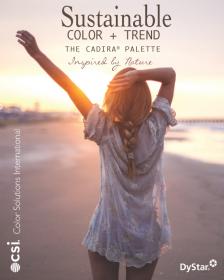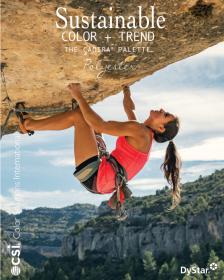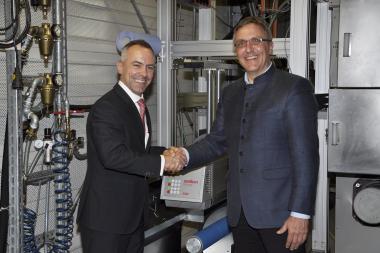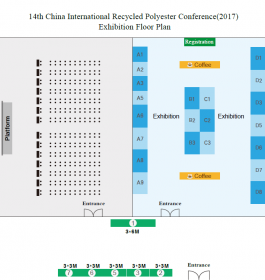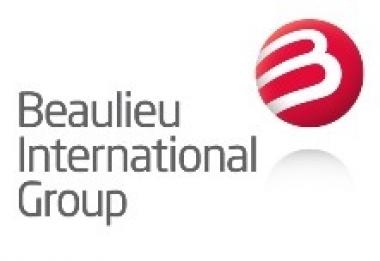TINTEX reveals “NATURALLY ADVANCED COTTON” Collection
At the Munich Fabric Start in Munich, TINTEX proudly announced its complete switch from the use of conventional cotton and the concomitant launch of a new fabric range that is the highest expression of the new generation of cotton: Naturally Advanced Cotton by TINTEX.
This new range is able to offer an advanced smart choice of 4 different premium and responsible advanced cotton solutions such as BCI Cotton, ECOTEC® by Marchi & Fildi, GOTS certified organic cotton and Supima. These new fabrics maintain and upgrade the transparent, hi-tech and sustainable organics that are at the heart of the TINTEX DNA. They represent better, smarter ecomaterials with new levels of performance and hi-tech smarts, thanks to a first class expertise in specialist dyeing and finishing techniques, coatings and applications that use the latest research, equipment and processes to deliver it.
This new launch is confirming once more the commitment of TINTEX to its ‘Naturally Advanced’ position meaning “advancing beautiful, organic and natural materials to the next level combined with unique, hybrid ‘nature-tech’ smarts, with added value and creativity, thanks to dedicated investments that serve and secure our customer’s demands both now and in the seasons to come” says CEO Mario Jorge Silva.
The “Naturally Advanced Cotton” on Collection by TINTEX:
BCI cotton: The Better Cotton Initiative has specific aims:
- Reduce the environmental impact of cotton production
- Improve livelihoods and economic development in cotton producing areas
- Improve commitment to and flow of Better Cotton throughout supply chain.
ECOTEC® by Marchi & Fildi: a range of full-colour yarns, a smarter cotton made from pre-consumer clippings that save up to 77,9% water during manufacture. This season TINTEX is also introducing a new, finer ECOTEC® yarn called Phoenix, also GRS certified, being made from 50% ECOTEC® cotton and 50% recycled polyester. Here wellbeing credentials are guaranteed with Tessile e Salute* certification.
GOTS Organic Cotton: The Global Organic Textile Standard GOTS is the most important standard for sustainable production of garments and natural fiber textile products from organic farming such as organic cotton or organic wool. GOTS criteria measures environmental, technical quality, toxicity and social impacts. GOTS is backed by independent certification for the entire supply chain.
Supima Cotton: Luxury, quality and craftsmanship are the benchmarks of American-grown, extra-long staple cotton. TINTEX offers 100% Supima precious fabrics and blends with tencel.
These special 4 cotton actors are made even more “advanced” by unique smart finishing as Plummy and Naturally Clean, for clean surfaces, bright colours, outstanding touch always with a very careful eye at the responsible values.
GB Network





